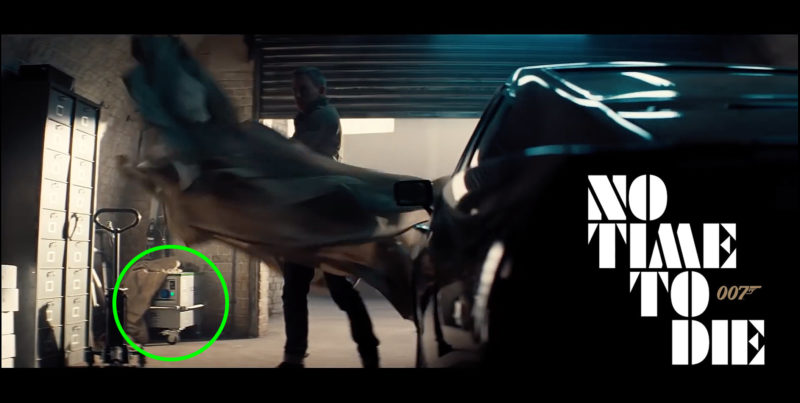Powering a film production on location is traditionally an expensive business, with a high carbon footprint to boot. The norm has been, and still is diesel generators, despite the widely recognised need to move away from using fossil fuels.
It’s only been in recent years that the technology has caught up to a level where electric generators are a viable alternative, and the current issue is now one of scarcity. There just aren’t enough electric generators out there at the moment to allow for industry-wide adoption.

